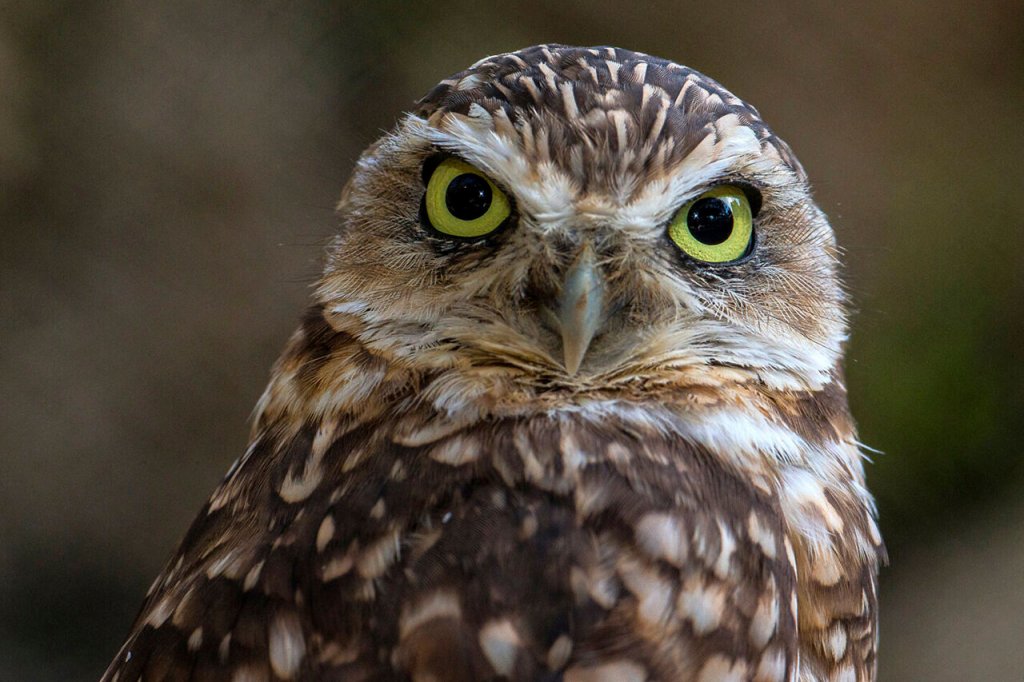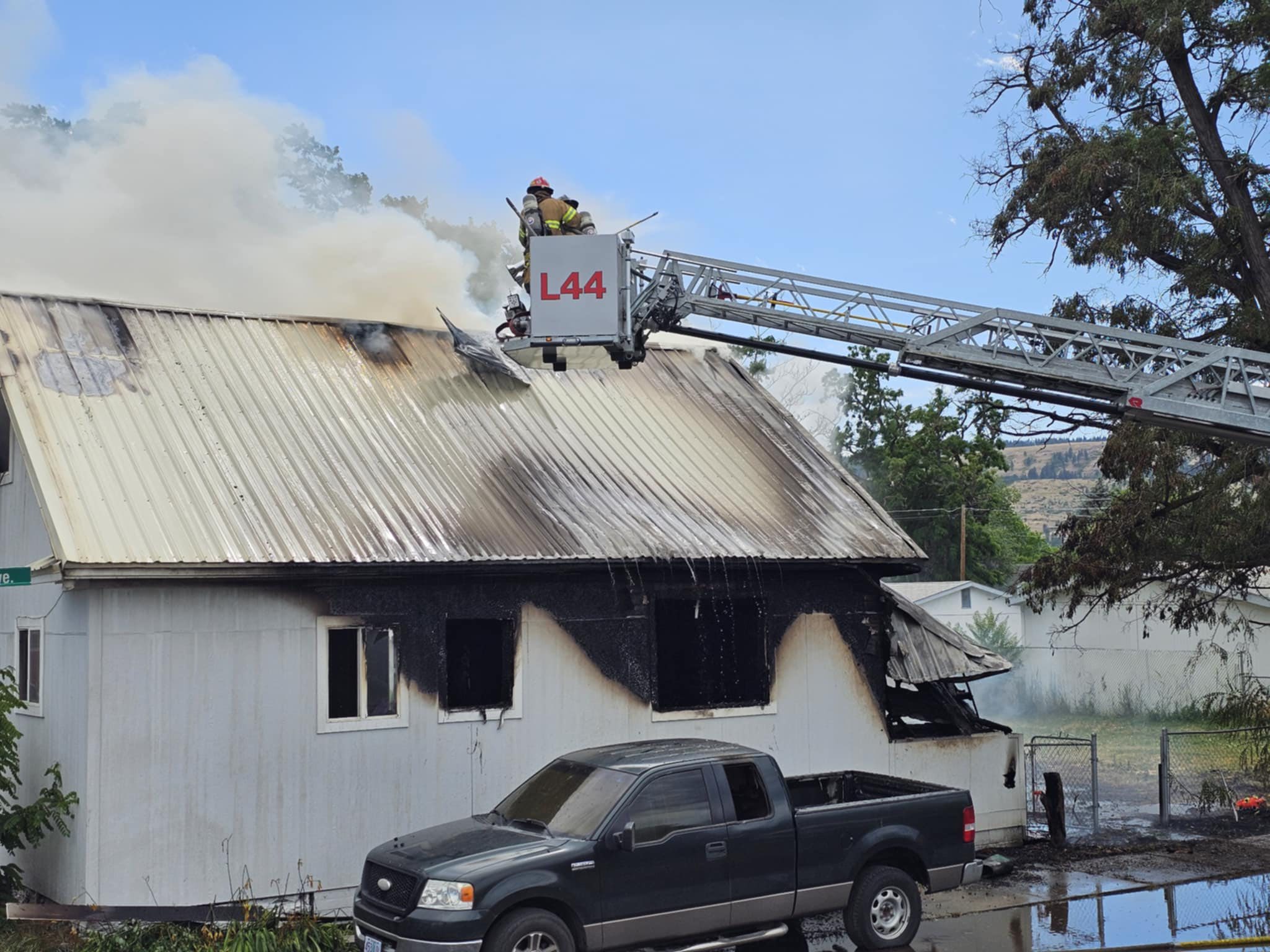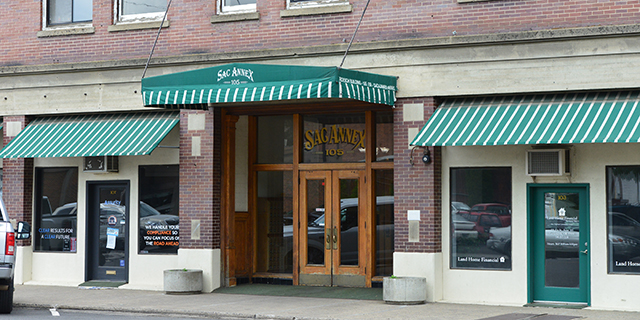News of the weird: Fake poop helps evicted owls settle into new neighborhood
Published 10:17 am Sunday, January 30, 2022

- This photo provided by the San Diego Zoo Wildlife Alliance shows a burrowing owl in a habitat at the San Diego Zoo Safari Park in 2014.
SAN DIEGO — Settling into a new home can be tough for anyone. So scientists have come up with some tricks to make transplanted burrowing owls feel like they are not alone in their new digs, playing owl sounds and scattering fake poop.
The owls’ grassland homes are often prime real estate, and they’ve been losing ground to development in regions like Silicon Valley and Southern California. Biologists have tried moving the owls to protected grasslands but the challenge has been getting the owls to accept their new homes.
Just dropping off the owls in prime habitat wasn’t enough, prior attempts showed. In a pilot program, scientists took pains to create the impression that owls already lived there so they’d stick around. And it worked.
“They like to be in a neighborhood, to live near other owls,” said Colleen Wisinski, a conservation biologist at the San Diego Zoo Wildlife Alliance, which launched the experiment with the U.S. Fish and Wildlife Service.
The scientists played recordings of owl calls before and after the new arrivals were released at four locations in Southern California. Wisinski used a syringe to squirt around fake owl poop — in reality, white paint.
Their results were published Thursday, Jan. 27, in the journal Animal Conservation.
Burrowing owls are the rare extroverts of the raptor world. These long-legged owls with slightly cross expressions actually love company. They nest in underground burrows with many owls nearby.
Such colonies provide protection from predators, such as coyotes or hawks, that may try to snack on the robin-sized birds. When one owl sounds an alarm, the others fly away.
Federal law prohibits the killing of the birds but their habitat is not protected. Typically, they are flushed from their burrows before properties are built.
“If after eviction there’s nowhere for these guys to go, it’s basically a death sentence,” said Lynne Trulio, an ecologist at San Jose State University who has studied burrowing owls for three decades. She was not part of the study.
The population of western burrowing owls — the subspecies that lives in California — has declined by one-third since 1965. It is considered a “species of special concern.” .
For their experiment, the scientists transplanted 47 burrowing owls during 2017-2018. Twenty were outfitted with GPS devices to track their movements, and the scientists also returned to the sites to check on them.
Most successfully settled into their new homes and established breeding colonies. At the Rancho Jamul Ecological Reserve in southwestern San Diego County, there were about 50 owl chicks in 2020.
Brrr! It got so cold in Florida, iguanas fell from trees
ST. PETERSBURG, Fla. — A cold snap in Florida is different than in other places. No blizzard conditions in the Sunshine State, but there are issues as well when the thermometer drops.
The low temperatures near freezing are rare in Florida, but at first glance the citrus, strawberry and tomato crops suffered no major damage.
As for iguanas, well, that’s another matter. They are an invasive species, well accustomed to the trees of South Florida. When it gets cold, below 40 degrees, they go into a sort of suspended animation mode. And they fall to the ground.
But they usually wake up with the sun’s warmth.
It got cold in Florida this weekend. The National Weather Service reported that West Palm Beach hit 37 degrees Fahrenheit, the coldest morning of the past 12 years. Up the East Coast in Vero Beach, the record low was tied at 30 degrees Fahrenheit, set in 1978.









